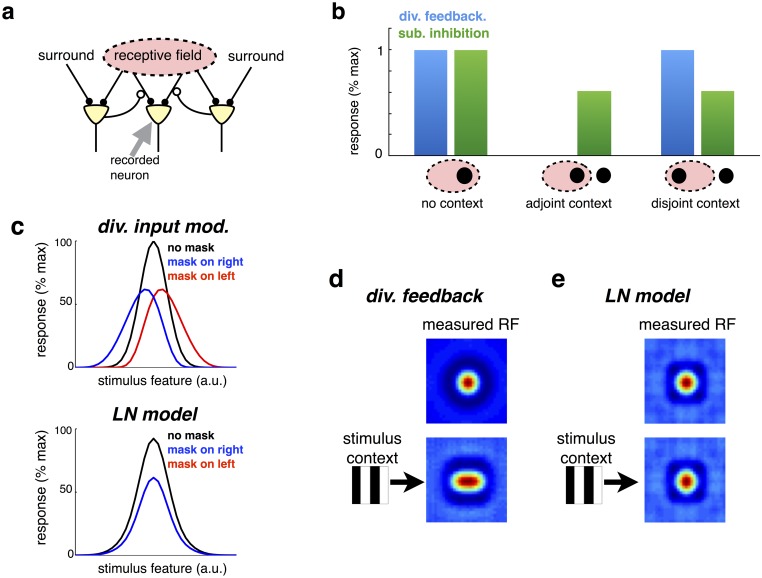Fig 2. Input-targeted inhibition alters neural selectivity.
(a) Schematic of neural network, with input-targeted feedback. (b) Steady-state response responses of recorded neuron, predicted by model with input-targeted divisive feedback, or subtractive inhibition. There are three stimulus conditions: (i) ‘no context’ condition, with a single stimulus within the cell’s RF; (ii) ‘adjoint context’ condition, with a second stimulus in the surround, near to the stimulus within the RF and (iii) ‘disjoint context’ condition, with a second stimulus in the surround, far from the stimulus within the RF. (c) Contextual shifts in neural tuning curves. Each neuron encodes a stimulus features (e.g. orientation, or motion direction) with a given preferred value. The mean response of a single neuron is plotted against the presented stimulus value, in the absence (black) or presence of an overlapping mask, to the right or left of the neuron’s preferred stimulus (blue and red). (c, lower panel) As above, but for an LN model. (d) Simulation of network in which cells encode stimuli in a circular region of space. (top panel) Estimated RF, with random sparse stimulus. (lower panel) Estimated RF in presence of vertical mask. The measured RF is elongated in the horizontal direction. (e) As for panel d, but for an LN model.

